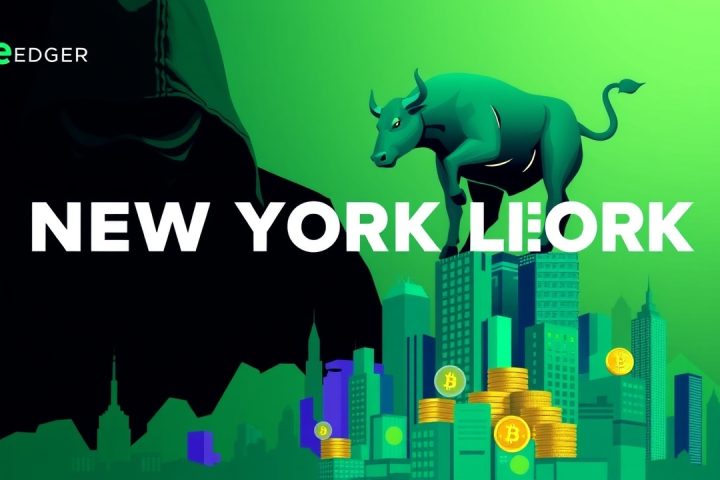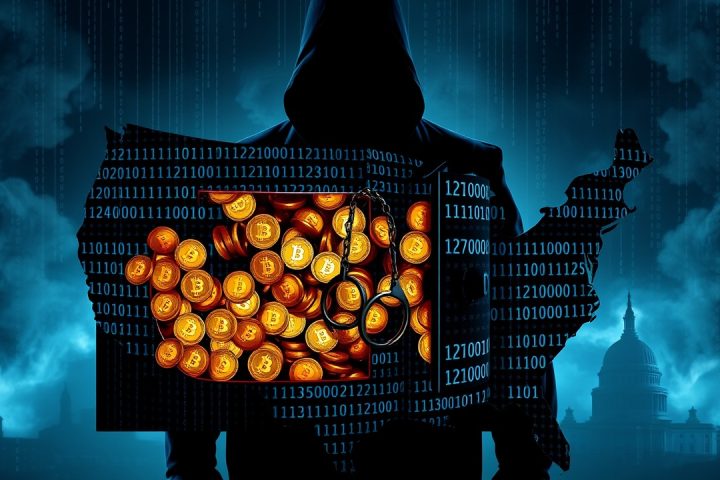Overview of Bitcoin Mining
Bitcoin mining can be likened to a global, around-the-clock scavenger hunt, where immense computing power plays a crucial role in managing a unique currency that doesn’t require traditional banking institutions. This revolutionary digital money, notable for its dependence on a decentralized network of computers, operates without any central authority overseeing transactions. Since Bitcoin has a finite supply with a maximum of 21 million coins, a critical aspect of this system is the process of gradually introducing new bitcoins through mining — a task that ensures fairness and security within the network.
The Role of Miners
In essence, Bitcoin mining is the fundamental mechanism that powers the entire operation, validating transactions and preventing dishonesty within the system. Picture miners as diligent referees who monitor every transaction while racing to crack complicated cryptographic puzzles. The incentive for these miners comes when they successfully decode a puzzle, allowing them to add a new block of transactions to Bitcoin’s blockchain—a public ledger that maintains a comprehensive history of all Bitcoin operations, akin to an immutable digital notebook.
Security and Integrity
Each block of transactions is carefully linked to its predecessor, creating a robust chain that is virtually unalterable.
“Altering any information within a block would mandate redoing all subsequent blocks, making tampering nearly impossible.”
This high level of security is what keeps the Bitcoin system reliable and trustworthy.
Mining Rewards and Economic Structure
As miners go about their tasks, they earn rewards in the form of newly minted bitcoins whenever they complete a new block. This economic incentive, however, is not static; it undergoes a halving roughly every four years, reducing the number of bitcoins awarded for each new block mined. This structure is essential for maintaining Bitcoin’s scarcity and value over time.
Technological Evolution and Environmental Impact
The mining process itself demands significant computational power and energy consumption, evolving from early uses of graphics cards to specialized machines known as ASICs, designed specifically to mine Bitcoin efficiently. This technological evolution raises questions about the environmental impact of mining. Despite the high energy demands, there is a growing trend within the Bitcoin community to harness renewable energy sources like solar and wind power to minimize ecological footprints.
Collaboration in Mining Pools
Furthermore, miners often collaborate in groups known as mining pools, where resources are pooled together to enhance the chances of solving a puzzle and earning rewards. This collaborative approach allows miners to receive smaller but more frequent payouts, making the mining process less daunting and more manageable, particularly for those without access to extensive resources.
Conclusion
In summary, Bitcoin mining extends beyond the mere issuance of new coins; it is a crucial component that sustains the entire Bitcoin framework, ensuring that the network remains safe and trustworthy against potential fraud. Understanding the nuances of mining is foundational for anyone interested in the broader world of cryptocurrency, whether one aspires to participate in mining or simply wishes to grasp the intricacies of digital currencies.




